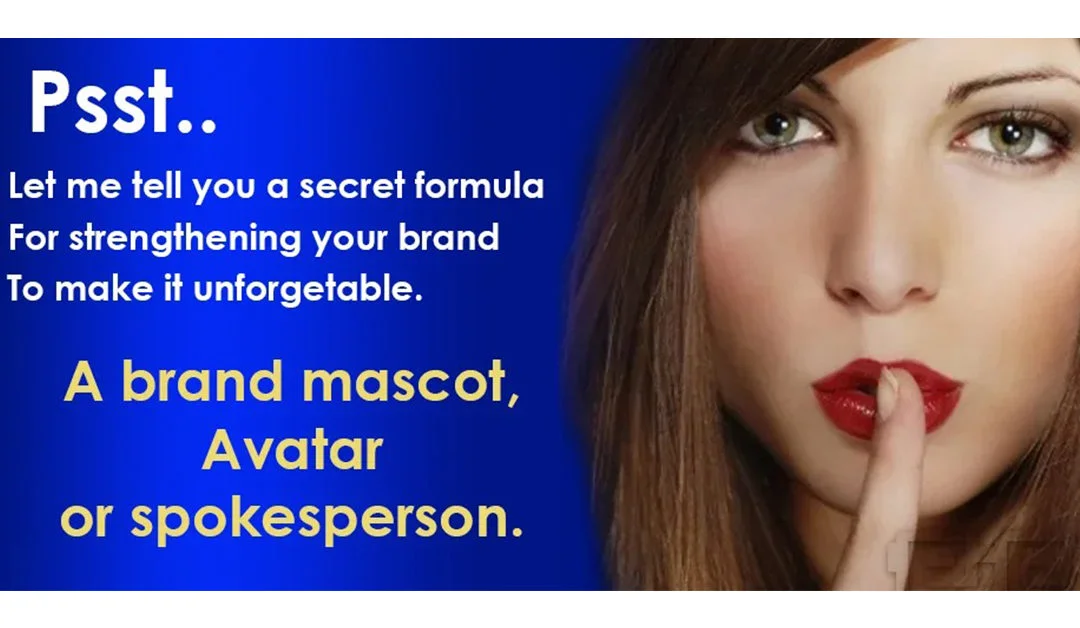A memorable and effective brand mascot can become the face of a company and leave a lasting impression on consumers. From iconic characters like the Coca-Cola polar bear to the Geico Gecko, brand mascots have the power to evoke emotions, build brand loyalty, and differentiate businesses in competitive markets. Crafting an effective brand mascot requires careful consideration of various factors, from character design to personality traits. In this guide, we’ll explore 10 tips for creating a successful brand mascot that captures the essence of your brand and resonates with your audience.
Creating an Effective Brand Mascot
Understand Your Brand Identity
Before diving into mascot design, it’s essential to have a clear understanding of your brand’s identity, values, and target audience. Your mascot should embody the personality and values of your brand, serving as a visual representation of what your company stands for. Whether your brand is playful and whimsical or professional and sophisticated, ensure that your mascot aligns with your brand’s overall image.
Consider how Tony the Tiger from Kellogg’s Frosted Flakes embodies the brand’s image of energy, positivity, and fun, which perfectly aligns with the cereal’s target audience of children and families.
Define the Purpose of Your Mascot
What role will your mascot play in your brand’s marketing strategy? Will it serve as a spokesperson, a storytelling device, or a visual symbol? Define the purpose of your mascot early on to guide the design process and ensure that it effectively fulfills its intended role in connecting with your audience and promoting your brand.
Take, for instance, the Energizer Bunny, which serves as a spokesperson for Energizer batteries and conveys the message of long-lasting energy and endurance, which reinforces the brand’s product attributes.
Conduct Market Research
Before finalizing your mascot design, conduct thorough market research to gain insights into your target audience’s preferences, interests, and demographics. Understanding what resonates with your audience will help you create a mascot that effectively engages and connects with them on an emotional level.
One excellent example of this is the creation of the Geico Gecko. This iconic mascot was developed based on extensive market research, reflecting the insurance company’s understanding of its audience’s preferences for a friendly, relatable mascot.
Create a Memorable Character
A successful brand mascot should be memorable, distinctive, and easily recognizable. Whether it’s a human, animal, or abstract figure, focus on creating a character that stands out and leaves a lasting impression on consumers. Consider elements like color, shape, and facial expressions to make your mascot visually appealing and memorable.
Think about Ronald McDonald, a well-loved mascot who is instantly recognizable as the mascot for McDonald’s, with his bright red hair, yellow jumpsuit, and friendly demeanor leaving a lasting impression on consumers worldwide.
Infuse Personality and Emotion
Give your mascot a unique personality and emotional traits that resonate with your target audience. Whether it’s friendly, quirky, or confident, your mascot’s personality should align with your brand’s voice and values. By infusing your mascot with relatable human traits, you can forge a deeper connection with consumers and foster brand loyalty.
The Michelin Man, for instance, was designed to reflect reliability and trustworthiness—attributes that its mother company tries to display through all its branding efforts. It exudes commitment to quality and safety in its tire products through a friendly and approachable character.
Keep It Simple
While it’s tempting to pack your mascot with intricate details and elaborate designs, simplicity is key to creating a versatile and effective character. Avoid cluttering your mascot with unnecessary elements and focus on conveying your brand’s message and personality in a clear and concise manner. A simple yet memorable design will ensure that your mascot remains recognizable across various marketing channels and platforms.
A good example would be the Starbucks Siren, which is described as a minimalist yet memorable mascot. It features a simple illustration of a twin-tailed mermaid that embodies the coffee company’s maritime theme and origins.
Ensure Versatility
Your brand mascot will appear across a wide range of marketing materials, from digital ads to merchandise and packaging. Design your mascot with versatility in mind, ensuring that it looks great in various sizes and formats. A versatile mascot design will allow you to maintain consistency across different mediums and adapt to different marketing contexts seamlessly.
Take inspiration from The Pillsbury Doughboy, who is designed to be versatile and is displayed in various poses and situations across packaging, advertising, and promotional materials while maintaining consistency in its appearance.
Test and Iterate
Once you’ve developed a preliminary mascot design, test it with your target audience to gather feedback and insights. Conduct focus groups, surveys, or A/B testing to gauge audience reactions and identify areas for improvement. Use this feedback to refine and iterate on your mascot design until you achieve a final version that resonates with your audience and effectively represents your brand.
One way of making a mascot relevant to changing times is by modernizing or giving the mascot an updated look. Consider the California Raisins, which underwent extensive testing and refinement before becoming the successful mascot for the California Raisin Advisory Board, resonating with consumers through their unique and memorable claymation animation.
Ensure Cultural Sensitivity
When creating a brand mascot, it’s crucial to consider cultural sensitivities and avoid stereotypes or offensive imagery. Conduct thorough research to understand cultural nuances and ensure that your mascot design is inclusive and respectful of diverse audiences. By prioritizing cultural sensitivity, you can build trust and credibility with consumers from different backgrounds.
Aunt Jemima, which was formerly used as a brand mascot for Quaker Oats’ pancake mix, faced criticism for perpetuating racial stereotypes and was eventually retired, highlighting the importance of cultural sensitivity in mascot design.
Integrate your mascot across marketing channels
Once you’ve finalized your brand mascot, integrate it seamlessly across all marketing channels and touchpoints. Incorporate your mascot into your website, social media profiles, advertising campaigns, and branded merchandise to maximize its visibility and impact. Consistent and strategic use of your mascot will help reinforce brand recognition and strengthen your overall brand identity.
The M&M’s characters (red, yellow, and green) are featured across different marketing channels, from TV commercials to social media campaigns, reinforcing brand recognition and engagement.
As you can see, crafting an effective brand mascot requires careful planning, creativity, and attention to detail. By following these 10 tips, you can create a memorable and impactful mascot that embodies your brand’s personality, resonates with your audience, and helps elevate your brand to new heights. Whether you’re a startup or an established brand, a well-designed mascot can become a valuable asset in your marketing toolkit, driving engagement, loyalty, and brand awareness.
Need help in creating the new face of your brand? Call our Creative Account Manager to discuss your requirements, and our experienced graphic design team will make your vision a reality.
Related Posts
The Power of Branding
Have you ever thought about how companies like Apple and Nike are able to easily grab your interest? Join me as I uncover the significant...

Achieve Instant Recognition with a Brand Mascot
A brand mascot is the key to skyrocketing your marketing. Who wouldn't want to be instantly recognized by your customers, your...


